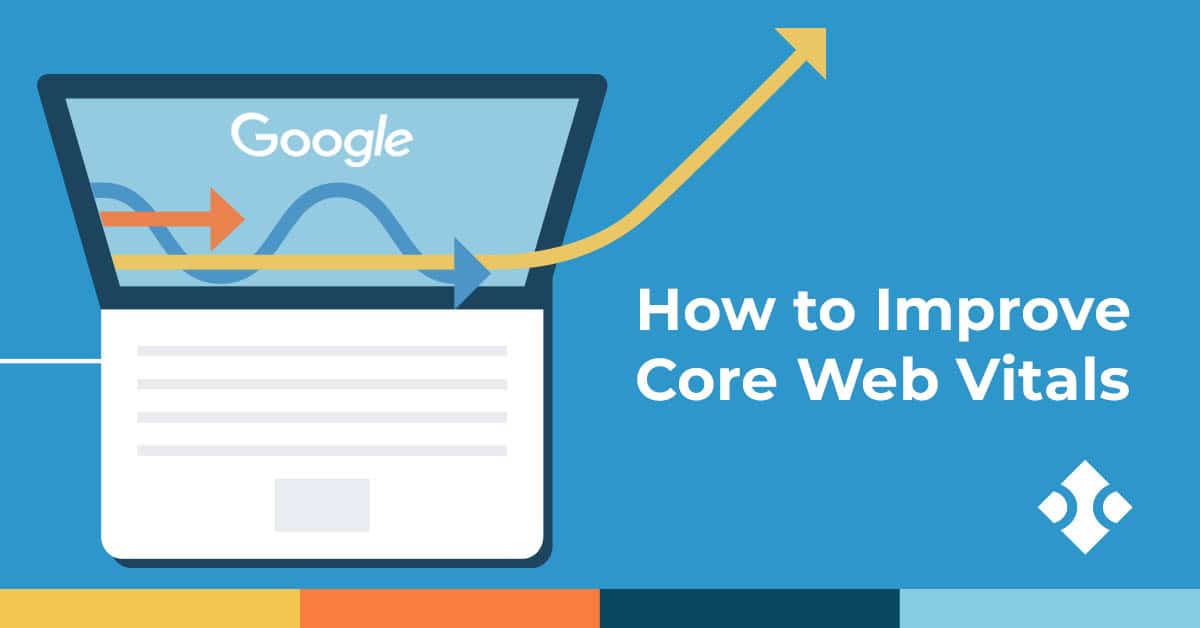Grasping Secondary Dimensions in Google Analytics: Their Significance and Effective Use
Grasping Secondary Dimensions in Google Analytics: Their Significance and Effective Use
Blog Article
Unveiling the Effect of Second Dimension in Google Analytics on Data Evaluation and Insights
In the realm of information analytics, the utilization of additional measurements within Google Analytics has actually become an essential tool for drawing out deeper insights and unraveling complicated patterns that might otherwise remain obscured. By peeling back the layers of key information collections, second dimensions provide a nuanced perspective that enhances the understanding of individual habits, site efficiency, and the efficiency of marketing methods. The true impact and untapped potential of secondary measurements are commonly taken too lightly, outweighed by the appeal of primary metrics. As we browse with the intricate landscape of information analysis, the importance of secondary dimensions ends up being increasingly evident, shedding light on essential details that hold the secret to educated decision-making and tactical optimizations.
Discovering the Idea of Second Dimensions
Second measurements in Google Analytics provide added insights by permitting individuals to analyze primary information together with a secondary feature. This feature makes it possible for a much more thorough understanding of the primary data by including another layer of details for analysis. By integrating secondary measurements, individuals can dig deeper into the information and discover important correlations that could or else go undetected. For instance, by combining the key information of web site web traffic with additional dimensions like demographics or actions, online marketers can gain a more extensive view of their target market and tailor their approaches as necessary.
By checking out the different second measurements offered in Google Analytics, users can unlock new insights and maximize their electronic marketing initiatives. In essence, additional dimensions serve as an effective device for improving data evaluation and driving actionable outcomes.
Enhancing Information Interpretation With Additional Dimensions
Having actually established the fundamental understanding of secondary measurements in Google Analytics and their pivotal duty in information evaluation, the focus now moves in the direction of leveraging these additional attributes to boost the interpretation of analytics data (what is a secondary dimension in google analytics). By incorporating additional measurements right into data evaluation, analysts can get deeper understandings right into individual habits, internet site efficiency, and advertising effectiveness

Moreover, additional dimensions assist in contextualizing primary information metrics by supplying extra layers of info. This contextualization help in recognizing the 'why' behind the information patterns, aiding analysts make informed choices and optimizations to boost total performance. Eventually, incorporating second dimensions enriches the data interpretation procedure, bring about even more calculated actions and purposeful insights.
Uncovering Hidden Insights Via Additional Dimensions
Checking out check that the midsts of analytics information with second dimensions exposes beneficial understandings that would or else remain obscured. By integrating secondary measurements in Google Analytics, businesses can uncover concealed patterns, trends, and relationships that offer an even more thorough understanding of individual behavior and site efficiency. These additional layers of information enable experts to dive much deeper right into the main dimensions, such as web traffic sources or touchdown web pages, and obtain a much more nuanced perspective on how different variables connect with each other.
Through the use of second dimensions, analysts can sector and contrast data across different measurements, enabling them to determine particular aspects that affect customer involvement, conversion rates, and general success metrics. By matching the main measurement of 'tool classification' with the second dimension of 'age group,' marketing experts can identify which age demographics favor accessing the website via mobile tools versus desktops. This level of granularity empowers companies to make data-driven choices and enhance their approaches for better outcomes. Ultimately, discovering covert insights through second measurements improves the deepness and accuracy of data analysis, leading to more enlightened decision-making and improved performance end results.
Leveraging Secondary Dimensions for Actionable Analytics
Building upon the insights introduced through secondary measurements in Google Analytics, organizations can now harness this enriched information landscape to drive workable analytics and critical decision-making. By leveraging second dimensions, companies can dig deeper right into their information to remove blog beneficial patterns, patterns, and connections that may have previously gone undetected. This deeper level of analysis enables organizations to gain a much more detailed understanding of individual behavior, campaign efficiency, and general site performance.
One trick advantage of making use of secondary dimensions for actionable analytics is the capacity to sector information based on specific standards. This division permits organizations to tailor their techniques and projects to different target market groups, resulting in a lot more targeted and reliable advertising initiatives - what is a secondary dimension in google analytics. Additionally, additional measurements give an even more alternative sight of individual interactions, enabling companies to enhance their internet site web content, layout, and total customer experience
Taking Full Advantage Of Decision-Making With Second Dimensions
To enhance strategic decision-making in analytics, leveraging secondary measurements in Google Analytics can supply a much more nuanced point of view on user behavior and project performance. By integrating secondary dimensions right into information analysis, organizations can dive deeper into the specifics of their website site visitors' communications and interaction patterns. This extra layer of details permits a more detailed understanding of exactly how various variables, such as demographics, devices, or traffic sources, impact essential efficiency indicators.
Verdict
In final thought, the use of second measurements in Google Analytics plays a critical function in enhancing information analysis and revealing surprise insights. By exploring this idea, one can acquire a much deeper understanding of user habits and make notified choices based upon workable analytics. Leveraging secondary measurements enables an extra thorough interpretation of information and takes full advantage of the performance of decision-making procedures.

Report this page